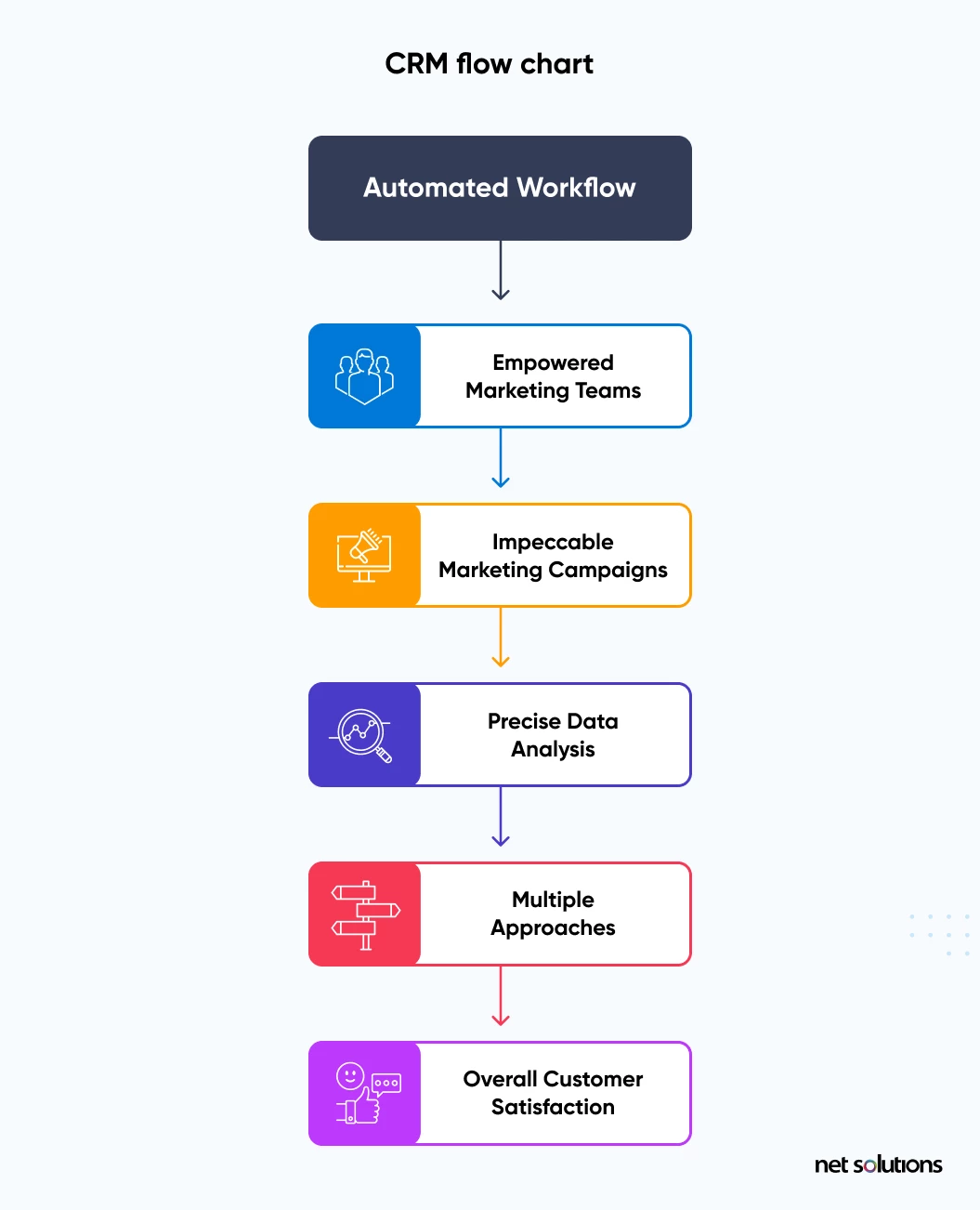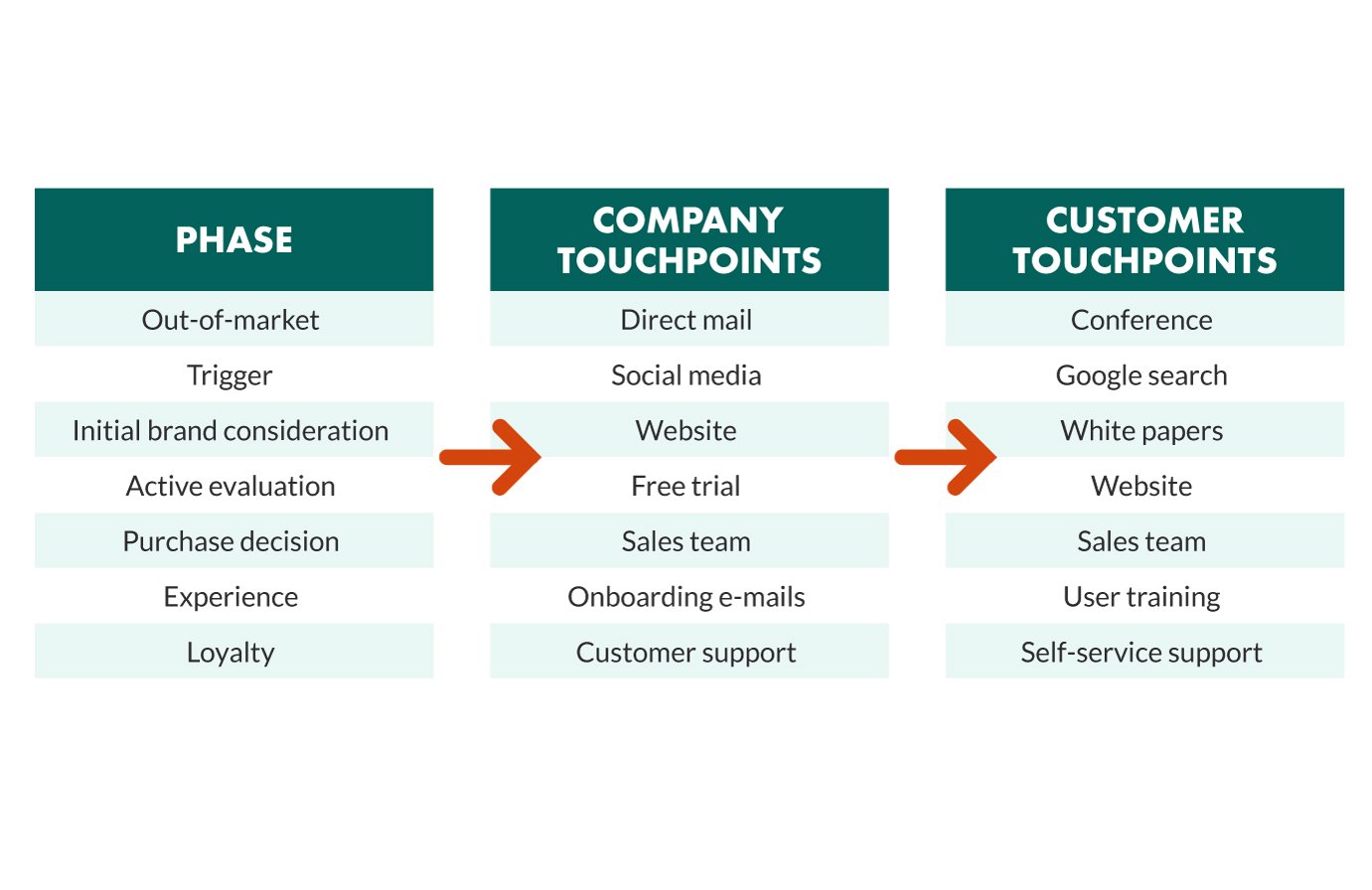Imagine knowing exactly what your customers want at every step of their journey with your brand. Picture building strong, lasting relationships by understanding their needs and desires better than ever.
This is the power of mapping the customer journey with CRM, a strategy that allows you to optimize every touchpoint and transform casual interactions into meaningful connections. You already know how crucial it is to keep your customers happy, but do you truly understand the path they take from first discovering your brand to becoming loyal advocates?
By leveraging CRM systems, you can visualize and enhance each stage of this journey, ensuring that every interaction is personalized and impactful. This isn’t just about improving sales; it’s about creating a seamless experience that turns customers into lifelong fans. We’ll explore why the customer journey matters more than ever, how CRM helps map out this journey, and the common mistakes to avoid. You’ll discover real-world examples of businesses that have mastered journey mapping with CRM, and learn how you can implement these strategies to foster stronger relationships with your customers. Stick with us to unlock the secrets of journey mapping and take your customer relationships to new heights.

Credit: www.netsolutions.com
Introduction: Why The Customer Journey Matters More Than Ever
Every interaction with a customer shapes their experience and perception. Understanding the customer journey is crucial for building strong relationships. Each touchpoint—from first contact to purchase—offers a chance to connect. Businesses today face more competition, making customer satisfaction a priority.
A CRM system helps track these interactions, providing valuable insights. By analyzing data, businesses can see patterns and preferences. This helps tailor communication and offers, making customers feel valued. It’s not just about selling; it’s about creating a meaningful connection.
With a detailed map of the journey, companies can improve every step. This leads to better customer retention and loyalty. Happy customers are more likely to return and recommend services. Optimizing the journey ensures that every interaction is a positive one.
What Is The Customer Journey? (explained Simply)
Understanding the customer journey is essential for businesses seeking meaningful connections. Think of it as the path a customer takes from first discovering a product to becoming a loyal buyer. This journey involves several stages, each with its own importance.
It starts with awareness, where the customer learns about a product. Next is consideration, where they weigh options and decide if the product meets their needs. Then comes the decision stage, where the customer makes a purchase. The final stage is loyalty, where customers return and recommend the product to others.
Each step offers a chance to engage and build trust. CRM tools help businesses map this journey, optimizing interactions along the way. By understanding each touchpoint, businesses can enhance customer experiences and foster stronger relationships. A well-mapped journey leads to satisfied customers and lasting loyalty.
How Crm Helps You Visualize Every Stage Of The Journey
Visualizing the customer journey becomes easier with CRM tools. Each interaction with a customer can be tracked. From the first point of contact to the final purchase, every step is clear. CRM systems show how customers move through different stages.
This helps businesses see where they can improve. By analyzing data, companies understand what customers need. They learn what works and what doesn’t. This knowledge helps in making better decisions. CRM tools also make it easy to personalize communication. Businesses can send messages that fit the customer’s needs.
This improves relationships and keeps customers happy. Understanding the journey helps in building trust. It also leads to long-term loyalty.
Identifying Key Touchpoints: From Awareness To Advocacy
Finding key touchpoints in the customer journey is important for businesses. These touchpoints range from the moment customers first learn about a product to when they become loyal fans. At the awareness stage, potential customers hear about a product through ads, social media, or word of mouth.
This is a chance to make a good first impression. As they move to the consideration stage, they compare options, often visiting websites or reading reviews. Businesses should make sure information is clear and easy to find. During the purchase stage, a smooth buying process is key.
This includes easy checkout and good customer service. After purchase, the focus shifts to customer support and feedback. This helps in building trust. Finally, in the advocacy stage, satisfied customers may share their positive experiences, encouraging others to try the product.
Each touchpoint offers a chance to strengthen relationships and improve customer satisfaction.
Using Crm To Personalize Interactions At Each Stage
Customer Relationship Management (CRM) systems help businesses tailor interactions. Each step in the customer journey can be personalized using CRM tools. These systems collect data about customer behaviors and preferences. By analyzing this information, businesses can offer personalized experiences. For example, during the awareness stage, CRM can send targeted emails.
In the consideration phase, customers might receive personalized product recommendations. As customers move to the purchase stage, CRM can offer special deals based on their past shopping habits. Each touchpoint becomes more meaningful. This approach builds trust and strengthens relationships.
It helps customers feel understood and valued. The goal is to create a seamless experience that keeps customers coming back. With CRM, each interaction is a chance to connect deeply. This connection is key to building long-lasting relationships.
Journey Mapping Vs. Random Engagement: Why Structure Wins
Structure is key in managing customer relationships. A clear map of the customer journey helps businesses understand each interaction. This approach contrasts with random engagement, which lacks consistency. When a journey is mapped, every touchpoint becomes a chance to improve the relationship.
It allows for better planning and more personal interactions. Structured mapping gives insights into customer needs and preferences. This leads to tailored communication. It also helps identify pain points and address them efficiently. Random engagement often misses these opportunities, leading to missed connections.
A mapped journey ensures that each step is intentional. This can build trust and loyalty. Businesses that use structured mapping can see better outcomes. Customers feel valued and understood. This makes them more likely to return. By focusing on each touchpoint, companies can create a seamless experience.
This structured approach wins over randomness every time.
Real Examples: How Businesses Optimize Journeys With Crm
Businesses today use CRM to improve how they connect with customers. Take a retail store that uses CRM to track a customer’s shopping habits. This helps them suggest products that the customer might like. Another example is a travel company that uses CRM to send personalized offers to customers who have shown interest in specific destinations.
This makes customers feel valued and understood. A software company might use CRM to manage customer support tickets, ensuring quick responses to issues. This builds trust and shows reliability. Restaurants also benefit by using CRM to remember regular customers’ favorite dishes, enhancing the dining experience.
These real-life examples show that CRM helps businesses focus on customer needs. It helps them provide better service at every step of the customer’s journey. This results in stronger relationships and satisfied customers.
Common Mistakes In Customer Journey Mapping (and Fixes)
Many businesses make mistakes in customer journey mapping. They often miss important steps. Skipping these steps can lead to gaps in understanding. Another common error is not using real data. Decisions based on assumptions can be misleading. It’s essential to use actual customer feedback.
Some companies also forget to update their maps. Customer needs change over time. Regular reviews are necessary. Many also fail to involve the whole team. Different departments have unique insights. Including everyone can create a complete picture. Lastly, focusing only on problems can be a mistake.
Celebrating what works well is important too. It helps improve the overall experience. Making small changes can lead to big improvements. Each touchpoint matters in building strong relationships.
Tools And Features In Crm That Support Journey Mapping
Customer Relationship Management (CRM) systems offer many tools that help map the customer journey. These systems track interactions with customers across various channels. CRM software often includes features like data analytics. This helps businesses understand customer behavior. It can identify patterns and predict future actions.
Another key feature is automation. It streamlines tasks, making it easier to respond quickly to customer needs. Additionally, CRMs provide visual maps. These maps show each step of the customer journey. They help businesses see where improvements can be made.
With these tools, companies can better understand their customers. This understanding leads to stronger relationships. By focusing on each touchpoint, businesses can enhance customer satisfaction. CRM systems also allow for personalized communication. This makes customers feel valued and understood. With all these features, CRMs are essential in optimizing the customer journey.
Final Thoughts: Stronger Relationships Start With Smarter Journeys
Crafting better customer relationships requires understanding their journey. CRMs help map each interaction, showing how customers move from interest to purchase. Recognizing these touchpoints allows businesses to tailor experiences that meet customer needs. This personalization leads to stronger connections. By analyzing data, businesses can see what works best and adjust strategies.
Smart journeys are not just about selling; they focus on building trust and loyalty. Each step in the customer’s path should feel seamless. CRMs provide insights that help businesses respond better to customer actions. This creates a cycle of continuous improvement.
With each interaction, relationships grow stronger. A well-mapped journey benefits both the customer and the business. It ensures customers feel valued and understood. It’s about making every touchpoint count.

Credit: www.superoffice.com
Frequently Asked Questions
What Is Customer Journey Mapping In Crm?
Customer journey mapping in CRM visualizes a customer’s interactions with a brand. It identifies touchpoints, emotions, and pain points. This tool enhances customer experience, boosts satisfaction, and fosters loyalty. Businesses use it to streamline processes and tailor marketing strategies effectively.
What Is A Touchpoint In Customer Journey Mapping?
A touchpoint in customer journey mapping is any interaction between a customer and a business. These interactions occur at various stages, influencing the customer’s perception and decision-making. Identifying touchpoints helps optimize the customer experience and improve satisfaction.
What Are The 7 Steps To Map The Customer Journey?
Identify customer personas, define touchpoints, set journey stages, gather data, analyze interactions, optimize experiences, and monitor results.
What Are The 5 Main Points Of A Customer Journey?
The customer journey consists of five main stages: Awareness, Consideration, Purchase, Retention, and Advocacy. Awareness involves discovering a brand. Consideration includes evaluating options. Purchase marks the buying decision. Retention focuses on maintaining engagement. Advocacy occurs when customers promote the brand.
Conclusion
Mapping the customer journey with CRM enhances every interaction. Better relationships grow from understanding each stage. CRM tools offer clear insights and personalization. Each touchpoint becomes meaningful. Businesses see real benefits from structured engagement. Avoid common mistakes with smart planning.
Stronger connections develop through thoughtful mapping. Every step counts. Simple adjustments lead to improved experiences. Use CRM features wisely. Optimize journeys for lasting customer loyalty. Focus on each phase for success. Build trust and satisfaction consistently. Create paths that customers enjoy.
Reliable interactions lead to thriving businesses. Keep refining processes for better results. Engage thoughtfully and grow relationships.



